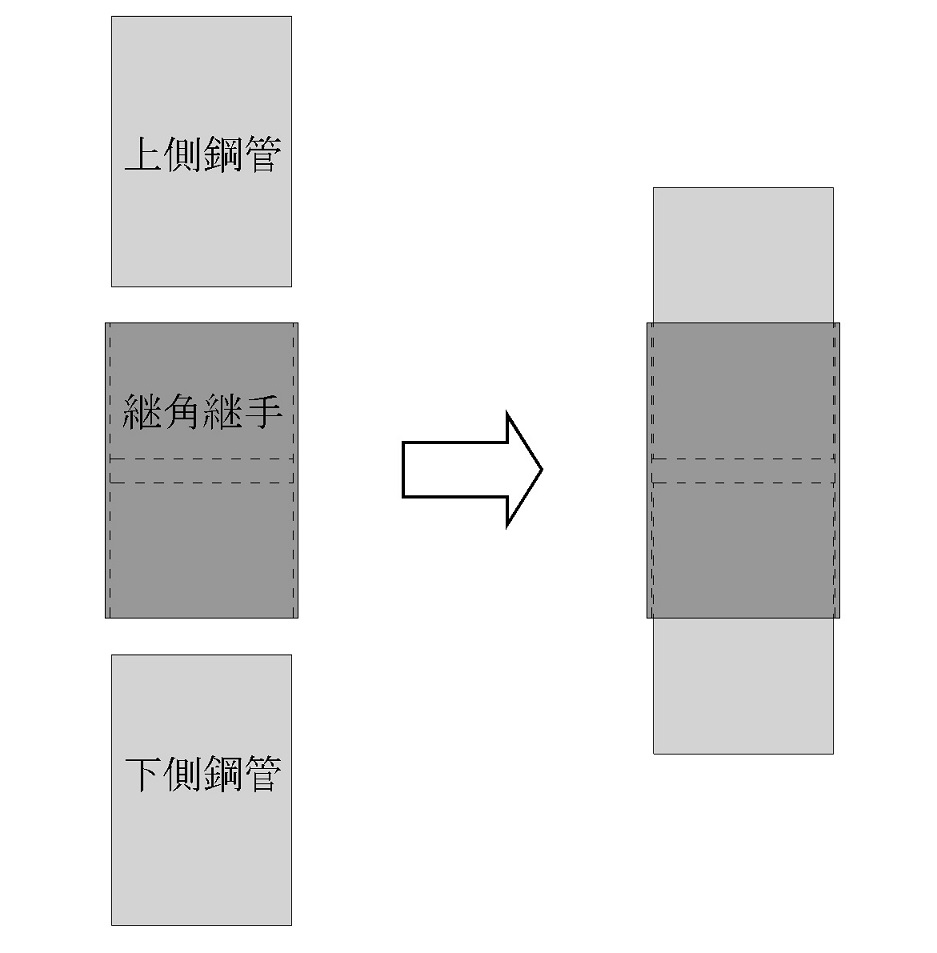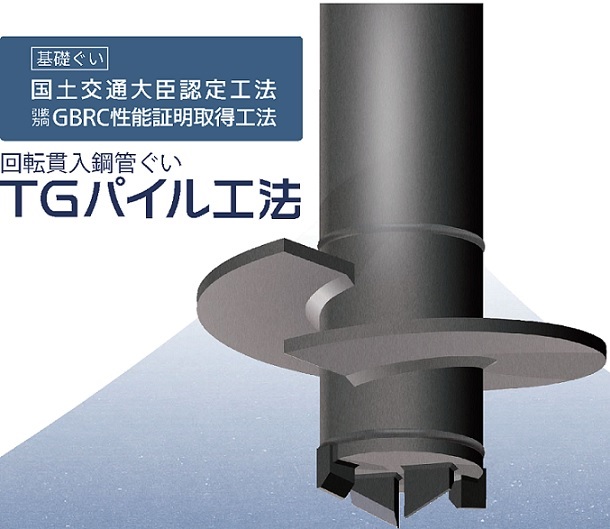2023-12-13 カリフォルニア大学サンタバーバラ校(UCSB)
◆これにより、夏季は反射し、冬季は吸収する表面を切り替え、冷却のエネルギー消費を3.1倍、暖房を2.6倍削減できることが実証されました。ワックスモーターにより、電子機器、バッテリー、外部電源は不要で、デバイスは数度の範囲で応答します。
<関連情報>
- https://news.ucsb.edu/2023/021285/adaptive-roof-tile-can-cut-both-heating-and-cooling-costs
- https://www.cell.com/device/fulltext/S2666-9986(23)00304-6
受動的適応型放射スイッチによる建物の室温調節 Passively adaptive radiative switch for thermoregulation in buildings
Charles Xiao,Bolin Liao,Elliot W. Hawkes
Device Published:December 12, 2023
DOI:https://doi.org/10.1016/j.device.2023.100186
Highlights
•Tile-like radiative switch passively switches between cooling and heating states
•Switches between cooling and heating states within 3°C of the switch temperature
•Compared with static devices, it reduces cooling and heating needs by more than 2.5×
The bigger picture
Currently, 50% of U.S. building energy consumption goes toward heating and cooling. While climate change will increase the need for cooling, heating demand is expected to remain high and increase in some areas. To meet this demand, we need more efficient methods of heating and cooling buildings. We can reduce building energy demand by reflecting sunlight and emitting infrared light into space when it is hot and absorbing sunlight and minimizing infrared light emission when it is cold. We built and tested a device that, depending on its temperature, automatically and passively (i.e., without electricity) switches between heating and cooling states. Compared with non-switching devices, it reduces the energy consumption for cooling by 3.1× and heating by 2.6×. We envision using such devices as roofing tiles in the future.
Summary
Using building materials that passively heat or cool will reduce energy consumption. However, many buildings require both heating and cooling, even within the same day. Currently, few technologies can automatically switch between passive heating and cooling, and those that can require a large temperature range to cycle states (>15°C), making them ineffective for daily switching. We present a passively adaptive radiative switch that leverages the expansion in phase-change energy storage materials to actuate the motion of louvers and can cycle states in less than 3°C. The black selective-absorber louvers induce high heat gain when closed, yet when open, expose a white, infrared-emissive surface for low heat gain. During an outdoor test in which temperature was held steady, our device reduced the energetic cost of cooling by 3.1× and heating by 2.6× compared with non-switching devices. Our concept opens the door for passively adaptive thermoregulating building materials.
Graphical abstract




